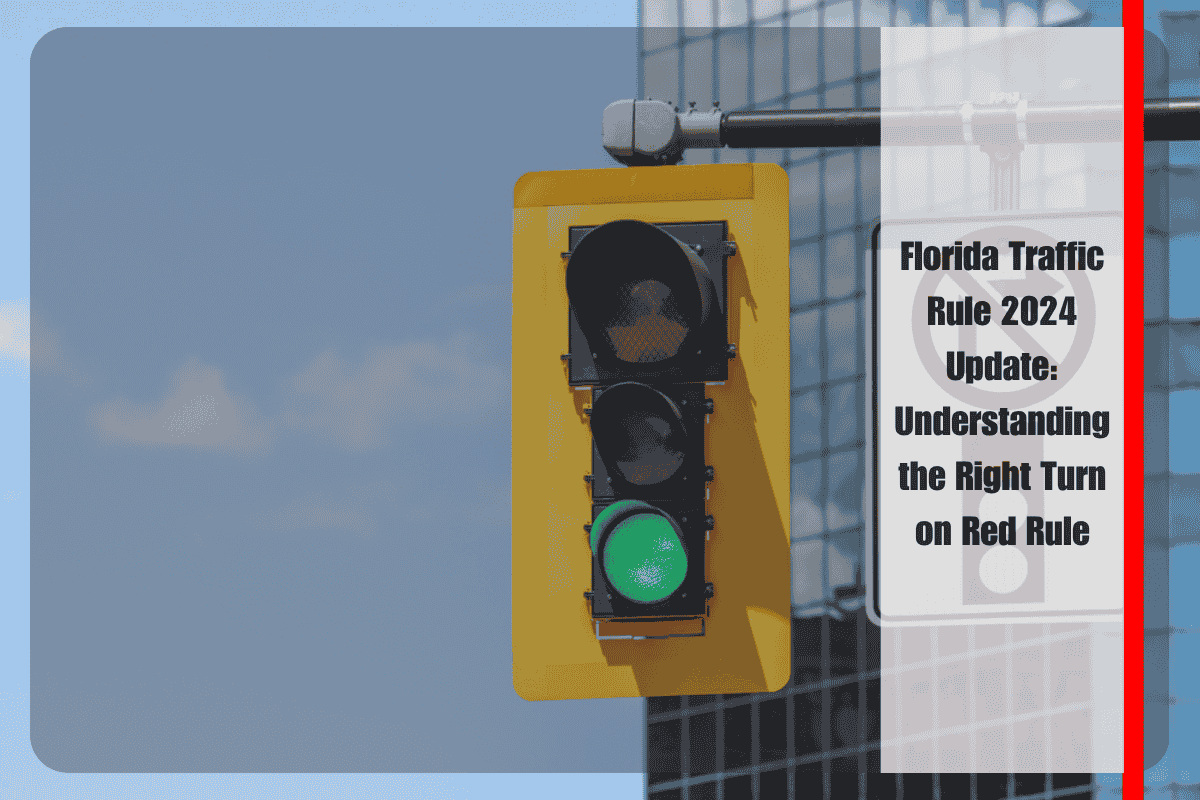Florida’s right turn on red rule remains a key part of the state’s traffic laws, and as of 2024—carrying into 2025—there have been no major changes to the underlying statute. The rule is designed to balance traffic flow with safety, and understanding it is essential for all drivers to avoid fines and ensure safety at intersections.
Under Florida law, drivers are generally permitted to make a right turn at a red light, but only after coming to a complete stop at the marked stop line, crosswalk, or intersection itself. Before turning, drivers must check for any posted “No Turn on Red” signs at the intersection. If such a sign is present, turning right on red is strictly prohibited, regardless of traffic conditions.
Yielding is mandatory. Drivers must yield the right-of-way to all pedestrians in the crosswalk, bicyclists, and any oncoming vehicles that have a green light. This requirement applies even if the intersection appears clear, as failing to yield can result in accidents, citations, and legal liability.
A red right-turn arrow is treated the same as a solid red light. Unless a “No Turn on Red” sign is posted, drivers may turn right after a full stop and proper yielding, just as with a standard red light. In areas with double right-turn lanes, the same rules apply to both lanes unless otherwise indicated by signage.
Special considerations apply in school zones and areas with heavy pedestrian traffic. Extra caution is required, and additional restrictions may be in place during certain hours—even if a right turn on red is otherwise permitted. If visibility is poor due to weather or intersection complexity, it is safer to wait for a green light before turning.
Violating right-on-red rules—such as failing to stop, not yielding, or ignoring a “No Turn on Red” sign—can result in fines (typically around $158 per violation), three points on your driving record, and increased insurance premiums. If an accident occurs, the penalties and liability can be even greater.
A common misconception is that drivers turning right on red have the right of way. In reality, they must yield to all other vehicles and pedestrians lawfully in the intersection. For example, if a driver is making a U-turn on a green signal, that driver generally has the right of way over a driver making a right on red.
Florida law continues to allow right turns on red after a complete stop and proper yielding—unless a posted sign prohibits it. Strict adherence to these rules is essential for safety and to avoid fines or liability.
Sources
[1] https://thewrangler.com/florida-new-rule-on-right-turns-at-red-lights-everything-drivers-need-to-know/2025/06/16/
[2] https://thewrangler.com/florida-traffic-rule-2025-update-understanding-the-right-turn-on-red-rule/2025/06/06/
[3] https://thedashcamlawyer.com/2024/11/04/turning-right-on-red-florida/
[4] https://www.foryourrights.com/faqs/can-you-make-a-right-turn-on-red-in-florida/
[5] https://www.clickorlando.com/traffic/2024/06/11/can-you-turn-right-on-red-in-florida-from-both-turn-lanes/












